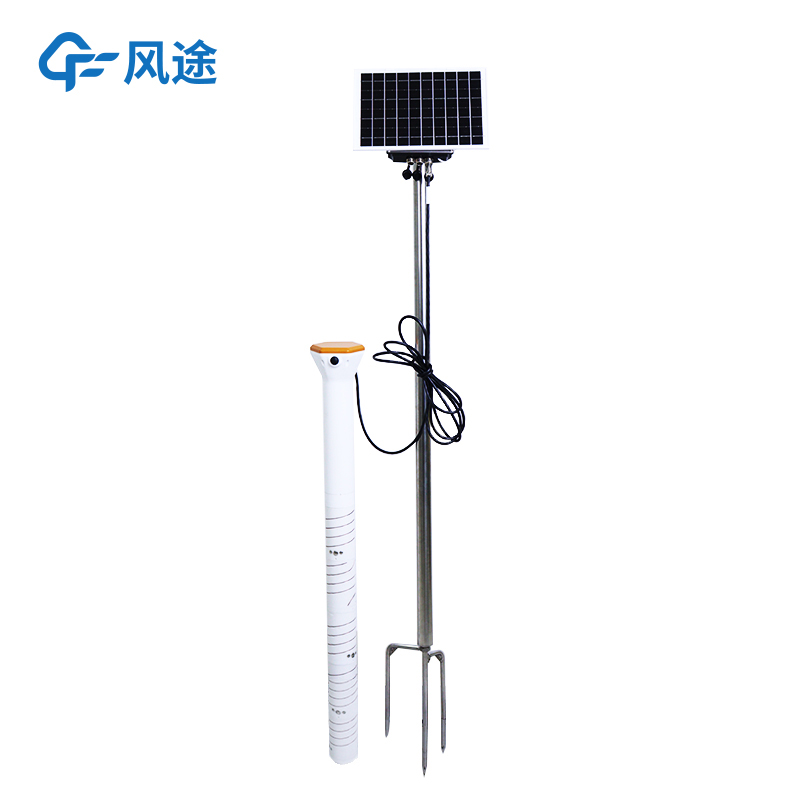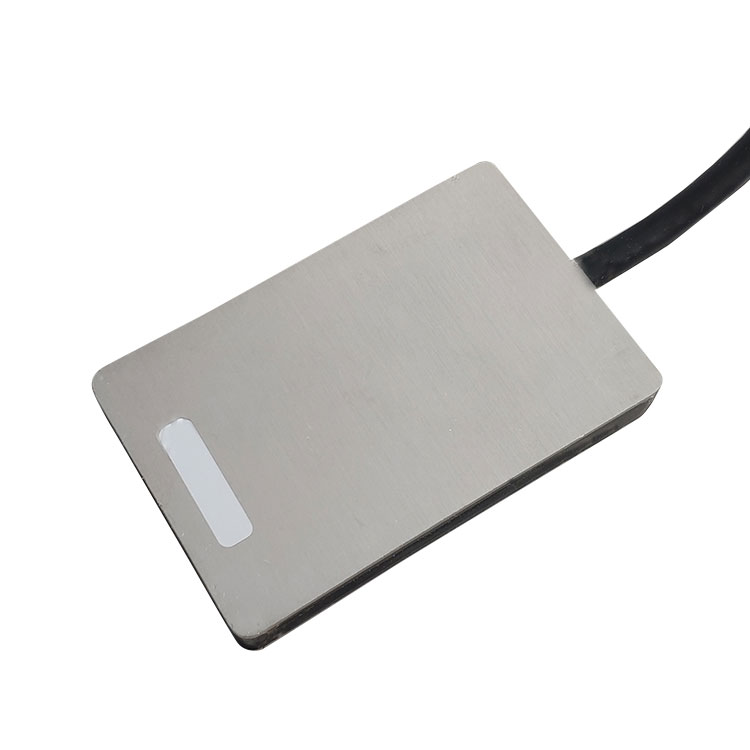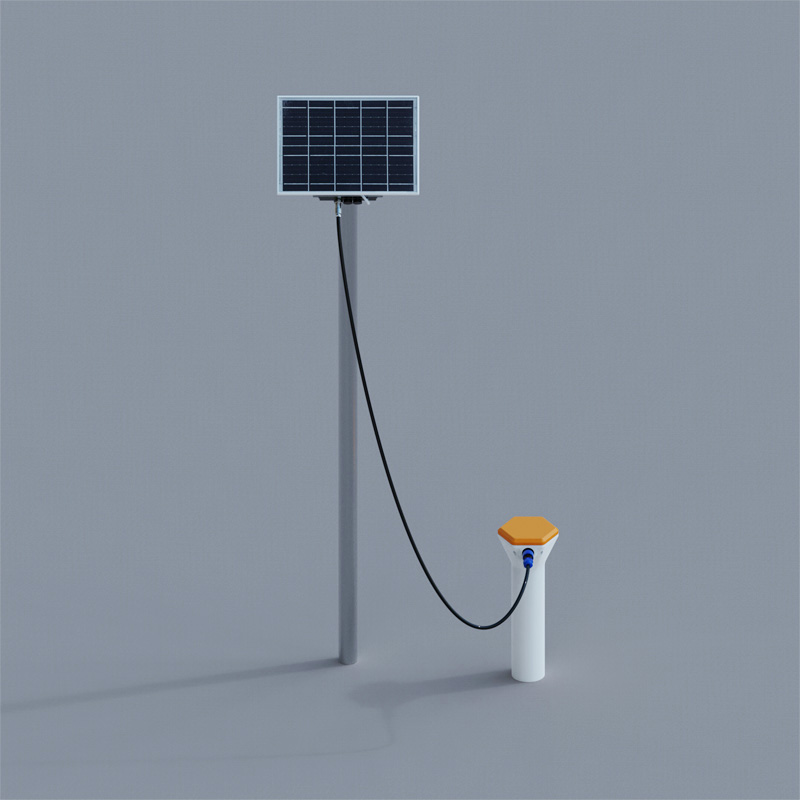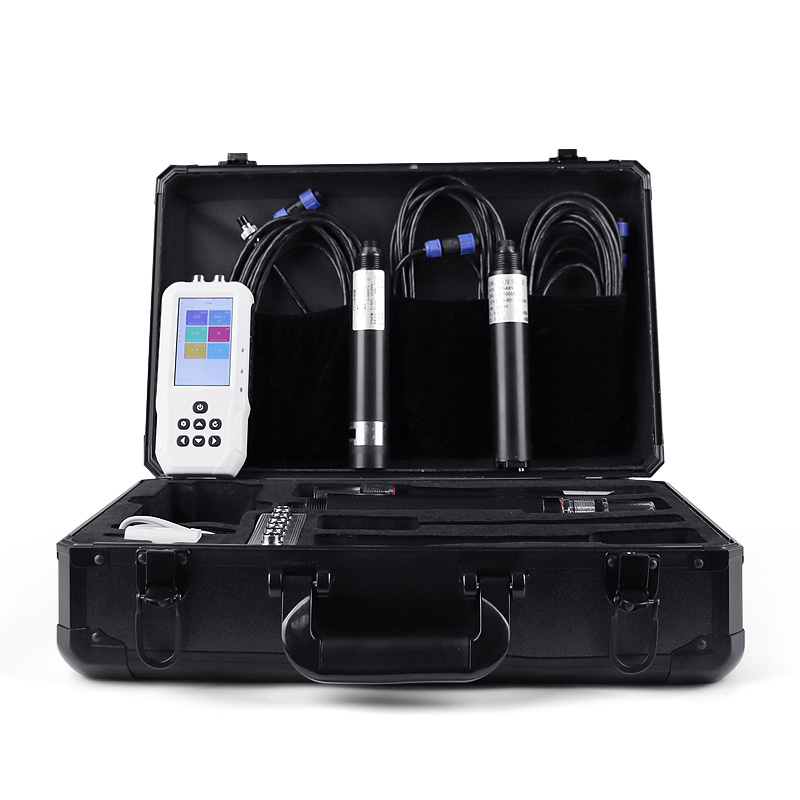In traditional agricultural production models, farmers often relied on experience to judge soil moisture, using methods such as observing soil appearance or pinching soil to feel humidity. These approaches were highly subjective and limited in accuracy. Today, the rapid development of technology has brought new changes to agriculture. The Soil Moisture Profile Probe, with its advantages of high efficiency and low cost, has become an essential device in modern agricultural production, enabling every piece of farmland to accurately "tell" its own condition.
The core of the Soil Moisture Profile Probe lies in Internet of Things (IoT) sensor technology. Common capacitive sensors work based on the close correlation between soil dielectric constant and water content. When the soil water content changes, the dielectric constant changes accordingly, and the sensor can capture this change, convert it into an electrical signal, and accurately measure soil moisture. There are also Time Domain Reflectometry (TDR) sensors, which use the propagation time of electromagnetic pulses in the soil to calculate water content. They feature extremely high precision and are less affected by soil texture. These sensors are placed at different soil depths, capable of long-term and stable real-time collection of soil moisture data, including key information such as soil humidity and temperature. This improves the accuracy and timeliness of moisture monitoring, far surpassing traditional manual judgment.
Data collected by the sensors is quickly and stably transmitted to cloud servers via wireless networks such as 3G and 4G. Farmers only need to install the corresponding APP on their mobile phones or log in to the management platform via computer to view soil moisture information of their fields anytime, anywhere. Moreover, the intelligent monitoring system has a data analysis function. By deeply mining long-accumulated historical data and using professional algorithms to build models, it can accurately predict the change trend of soil moisture in the coming period. Once the moisture data deviates from the range suitable for crop growth, the system immediately issues a warning to remind farmers to take timely measures such as irrigation or drainage, helping them scientifically plan agricultural activities and avoid crop yield reduction due to moisture problems.
With market development, the price of the equipment is becoming cheaper, allowing many small and medium-sized farms to purchase and use it. Most equipment uses solar power supply combined with large-capacity lead-acid batteries. The low-power design reduces energy consumption and long-term use costs, getting rid of excessive dependence on the power grid. It can even be used in remote fields.
In a word, in the past, farmers irrigated based on experience, often leading to over-irrigation or under-irrigation. With soil moisture monitoring equipment, farmers can precisely grasp the timing and amount of irrigation according to real-time moisture data, not only ensuring the water demand for crop growth but also avoiding water waste.

This paper addresses:https://www.fengtusz.com/industry/783.html









